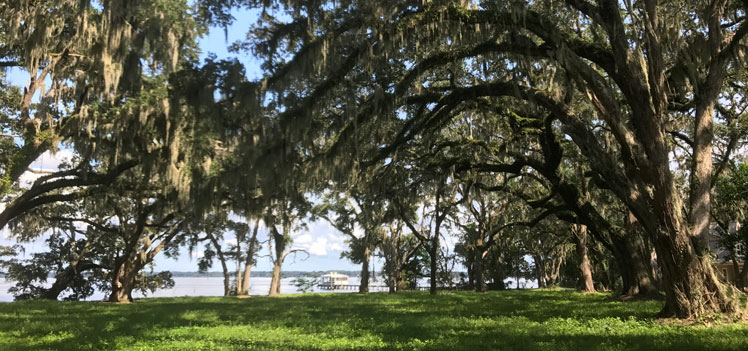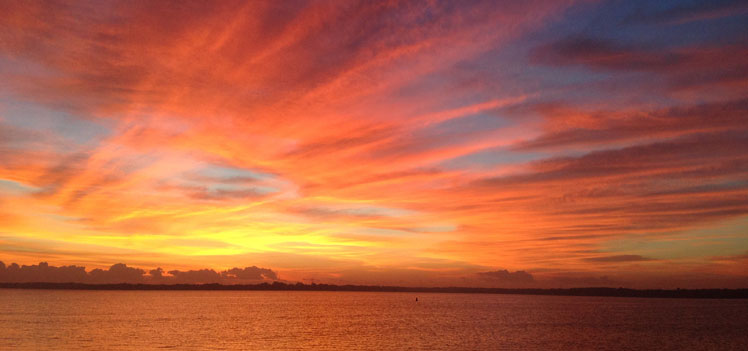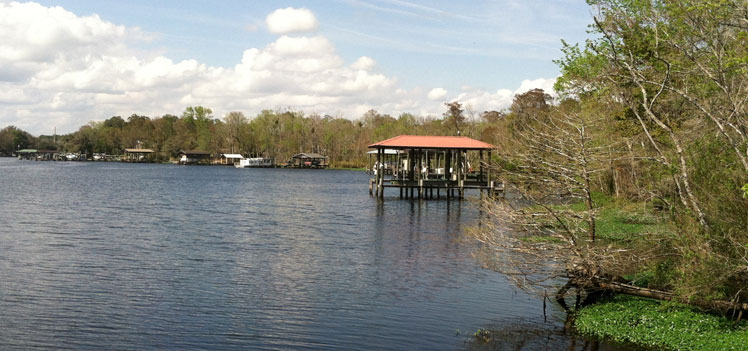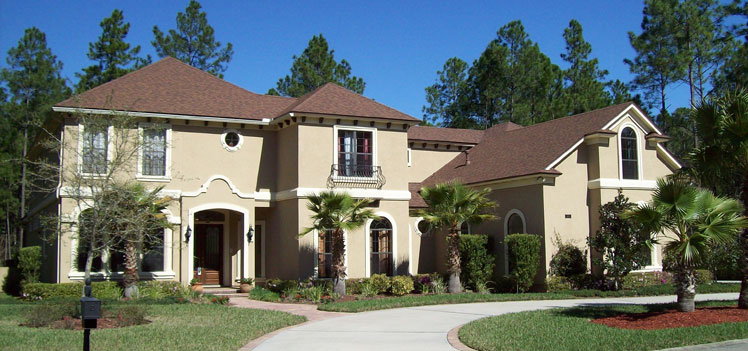Clay County
Fleming Island
Margaret Seton Fleming had a working knowledge of trade, business and politics, as well as domestic subjects. In 1837, the highly disciplined and spiritual Fleming moved to Hibernia Plantation with her new husband, Lewis Fleming, whose father George had received Fleming Island as a 1970 land grant from the king of Spain. In the years to come, she would twice witness the destruction of the plantation and twice bring it back from ashes. Her dream from the time she arrived at Hibernia was to have a proper chapel on the grounds. Construction on the church in the Carpenter Gothic style began in 1875 and was completed in 1878. Sadly, Margaret died only months before its completion, and its first service was her funeral. Today, Fleming Island is one of the fastest-growing areas in the county. The area has many organized activities for people of all ages. There is an active 55-plus group, a number of championship-quality golf courses, organized tennis, soccer and all types of programs for children.






